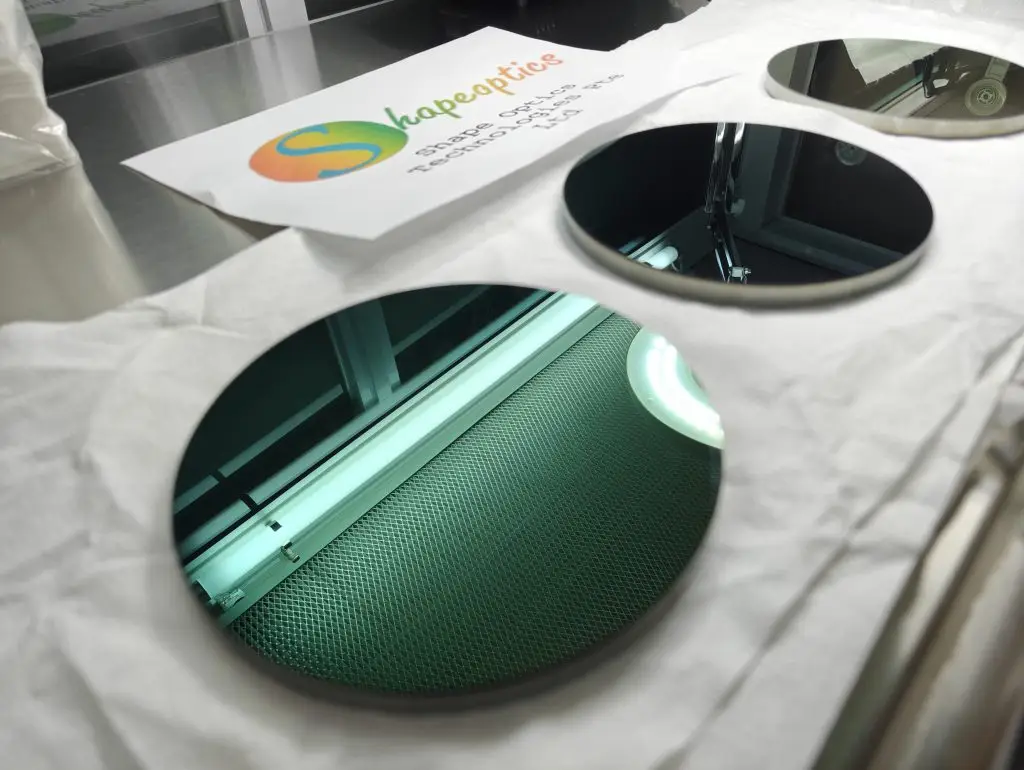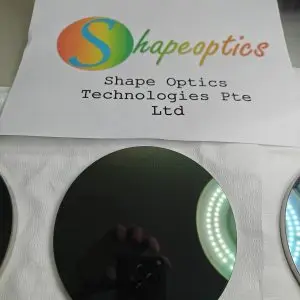Description
N-type germanium is a type of semiconductor that has been doped with elements to add extra electrons, making electrons the majority charge carriers. Below is a detailed overview of N-type germanium, including its properties, uses, and key characteristics.
Doping Elements:
- Common Dopants: Phosphorus, arsenic, and antimony.
-
- These elements have more valence electrons than germanium, contributing extra electrons to the semiconductor material.
Electrical Properties:
- Majority Charge Carriers: Electrons.
- Conductivity: Increased due to the abundance of free electrons.
- Current Flow: Electrons move towards the positive terminal under an electric field, creating a flow of current.
Uses in Technology:
- Semiconductor Devices:
-
- Transistors: N-type germanium is used in the manufacture of bipolar junction transistors (BJTs) and field-effect transistors (FETs).
- Integrated Circuits (ICs): Utilized in the production of various ICs due to its effective semiconductor properties.
- Optical Applications:
-
- Optical Storage Media: Germanium layers are vaporized under vacuum conditions to produce thin films used in CDs, DVDs, and Blu-ray discs.
- Optical Coatings: Used in anti-reflective coatings and other optical components due to its favorable refractive index and optical properties.
Advantages:
- Semiconductor Efficiency: Germanium has a higher electron mobility compared to silicon, which can improve the speed and efficiency of semiconductor devices.
- Versatility: Functions well in both high-frequency and high-power applications, making it suitable for a wide range of electronic devices.
Comparison to Silicon:
- Similarities:
-
- Both germanium and silicon are group IV elements and act as semiconductors.
- Used in similar applications, such as transistors and integrated circuits.
- Differences:
-
- Electron Mobility: Germanium has higher electron mobility than silicon, which can enhance device performance.
- Thermal Properties: Germanium has a lower melting point compared to silicon (937°C vs. 1,414°C), which may influence the choice of material depending on the application.
Summary:
N-type germanium is a crucial material in the field of electronics and optics. With its unique combination of metalloid properties, high electron mobility, and effectiveness in semiconductor applications, it continues to be a valuable material in advanced technology manufacturing. Its use in transistors, integrated circuits, and optical coatings highlights its versatility and importance in modern electronics and optical devices.















Reviews
There are no reviews yet.